Google's latest move isn't just another tech experiment—it's a complete reimagining of how we think about computing platforms. The company is consolidating ChromeOS and Android into a single unified system, internally referred to as 'Aluminium OS,' according to Android Authority. This ambitious project was first announced at Qualcomm's Snapdragon Summit in September, where Google revealed its plans to bring Android to the PC market. The initiative represents Google's most significant challenge yet to the Windows-macOS duopoly, with the unified platform scheduled to launch in 2026.
What exactly is 'Aluminium OS'?
Here's what you need to know: The codename 'Aluminium' has been confirmed through internal job listings, revealing Google's systematic approach to platform unification. The new system is designed with artificial intelligence as its core foundation, as stated by Google. This AI-first architecture isn't just a marketing buzzword—it's the strategic foundation that enables Google to optimize the unified platform for both mobile and desktop workloads, learning user patterns across all device types.
Rick Osterloh, Google's SVP of Devices and Services, explained the rationale in pretty straightforward terms: "In the past, we've always had very different systems between what we're building on PCs and what we're building on smartphones. We've embarked on a project to combine that," he announced at the summit.
The roadmap includes premium tiers labeled 'AL Mass Premium' and 'AL Premium,' indicating Google's intention to target high-end PC markets. This premium positioning strategy leverages the AI foundation to deliver features that can compete with high-end Windows laptops and MacBooks—think intelligent workflow optimization, predictive resource management, and seamless cross-device orchestration that traditional desktop operating systems currently can't match.
The technical foundation behind the merger
Let's break down what makes this convergence possible. This merger builds on existing shared infrastructure, since ChromeOS already utilizes Android's Linux kernel and core components, according to Economic Times. So in many ways, the groundwork has been laid for years—we just didn't realize it.
Google is collaborating closely with Qualcomm to create what Osterloh describes as "a common technical foundation for products on PCs and desktop systems," as reported by PC Mag. The partnership leverages Snapdragon's increasingly powerful ARM architecture, which provides significant efficiency improvements and extended battery life, notes Gadget Hacks. But beyond the basic efficiency gains, ARM's architecture enables the kind of always-on, instant-wake computing that mobile users expect but desktop users have rarely experienced.
Qualcomm CEO Cristiano Amon has seen early demonstrations and described them as "incredible," stating it "delivers on the vision of convergence between mobile and PC," according to his comments. This partnership positions Google to deliver what Microsoft attempted with Windows 10 and Continuum but never fully achieved—true mobile-desktop convergence where the transition between form factors feels natural rather than forced.
What this means for users and developers
Bottom line: The unified platform promises seamless app usage across all device types, eliminating the fragmentation that currently hampers cross-device experiences, reports Economic Times. Imagine starting a document on your phone during your commute, then seamlessly continuing on your laptop with the same interface elements, saved state, and even cursor position—all without manual syncing or compatibility workarounds.
For developers, this represents a fundamental economic shift. They'll benefit from reduced compatibility issues when creating applications for Google's ecosystem, the same source indicates. Instead of maintaining separate codebases for mobile and desktop, they can focus resources on feature development rather than platform-specific adaptations. This economic efficiency could accelerate innovation across Google's entire app ecosystem.
Google is already testing desktop functionality for Android, including window management tools, multi-window support, and Linux terminal access, according to Economic Times. These desktop capabilities build on Android 16's existing desktop windowing features, which already allow users to open, move, and resize multiple app windows on tablets and foldable devices. Early reports suggest a potential "Pixel Laptop" prototype running this desktop-optimized Android instead of traditional ChromeOS, as noted in the same report.
The enterprise and education angle
Here's where things get particularly strategic from a market perspective. Google's approach particularly targets segments where Chromebooks have found success, especially in education where these devices became essential during remote learning, according to Computerworld. But this isn't just about replacing existing Chromebooks—it's about leveraging Android's massive app ecosystem to provide educational tools that ChromeOS simply couldn't access.
The new Android PCs will be evaluated not on novelty but on their ability to meet enterprise governance requirements, the same analysis suggests. This represents a convergence of ChromeOS's established governance model with Android's extensive app ecosystem, as Computerworld notes. The result is a platform that can offer enterprise-grade management and security while providing access to productivity apps that have been mobile-only until now.
PRO TIP: Organizations are advised to consider testing scenarios in education, frontline retail, or hybrid worker environments, according to enterprise recommendations. These are precisely the use cases where the combination of simplified management, extensive app availability, and cross-device compatibility can provide immediate operational advantages.
What happens to existing ChromeOS devices?
If you're currently using a Chromebook, don't panic. Current ChromeOS devices will continue receiving updates until they reach their natural end-of-life cycle, suggesting a gradual transition period, Android Authority reports. Google's ultimate goal is to completely replace ChromeOS with Aluminium OS, though internal bug reports hint they may retain familiar branding, potentially calling legacy versions 'ChromeOS Classic,' according to the same source.
The transition timeline aligns with the 2026 launch window, giving users and organizations time to plan their migration strategies, as confirmed by Google. This methodical approach suggests Google learned from past platform transitions—they're building a bridge to the future while maintaining support for current deployments. The "ChromeOS Classic" designation likely means existing devices will maintain their current functionality while new devices leverage the expanded capabilities of the unified platform.
This isn't intended as an immediate Windows replacement but rather as a new option for organizations deploying managed devices at scale, Computerworld analysis suggests. The key insight is that Google is targeting specific use cases where their integrated approach provides clear advantages rather than attempting to compete head-to-head across all computing scenarios.
The bigger picture: challenging the status quo
This initiative represents Google's boldest attempt to disrupt the established Windows-macOS dominance in personal computing, according to Computerworld. The timing coincides strategically with growing enterprise concerns about vendor lock-in and escalating licensing costs, with 61% of CIOs prioritizing security and compliance while 54% emphasize governance and freedom from proprietary constraints, the same report indicates.
Google's approach leverages Android's proven adaptability across multiple form factors—phones, tablets, TVs, and cars—demonstrating its capability to scale across different computing environments, notes Gadget Hacks. This track record provides credibility that Microsoft's Windows experiments with mobile and ARM devices never achieved. Android's successful scaling from smartphones to automotive infotainment systems proves the platform's architectural flexibility.
The competitive implications extend beyond Google's immediate success. The move could potentially accelerate industry-wide innovation by forcing competitors like Microsoft to modernize their own platform architectures, according to the same analysis. When Google brings their entire AI stack, including Gemini models and assistant capabilities, into the PC domain with the technical foundation already established, it creates competitive pressure that could benefit the entire computing industry.
What's particularly compelling about this strategy is how it positions Google's AI capabilities as a native advantage rather than an add-on feature. With AI designed into the core architecture from the beginning, Android PCs could offer intelligent workflow optimization, predictive resource management, and cross-device context awareness that feels genuinely useful rather than gimmicky. The real test will be whether Google can execute this vision while maintaining the simplicity and reliability that made ChromeOS successful in education and enterprise markets.




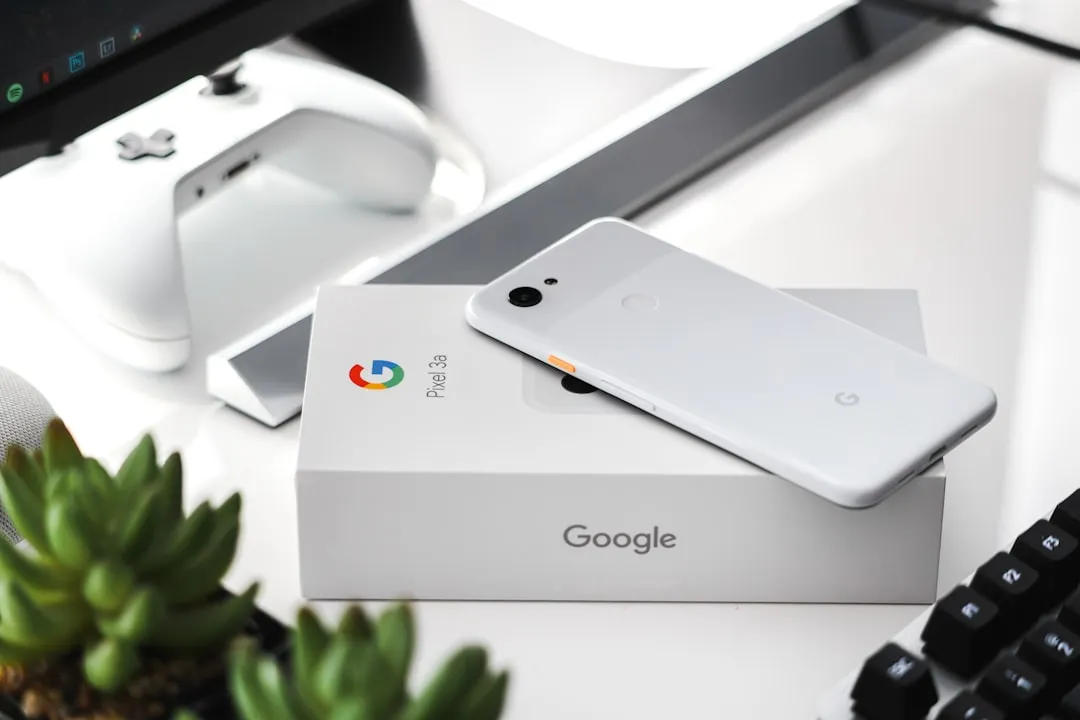
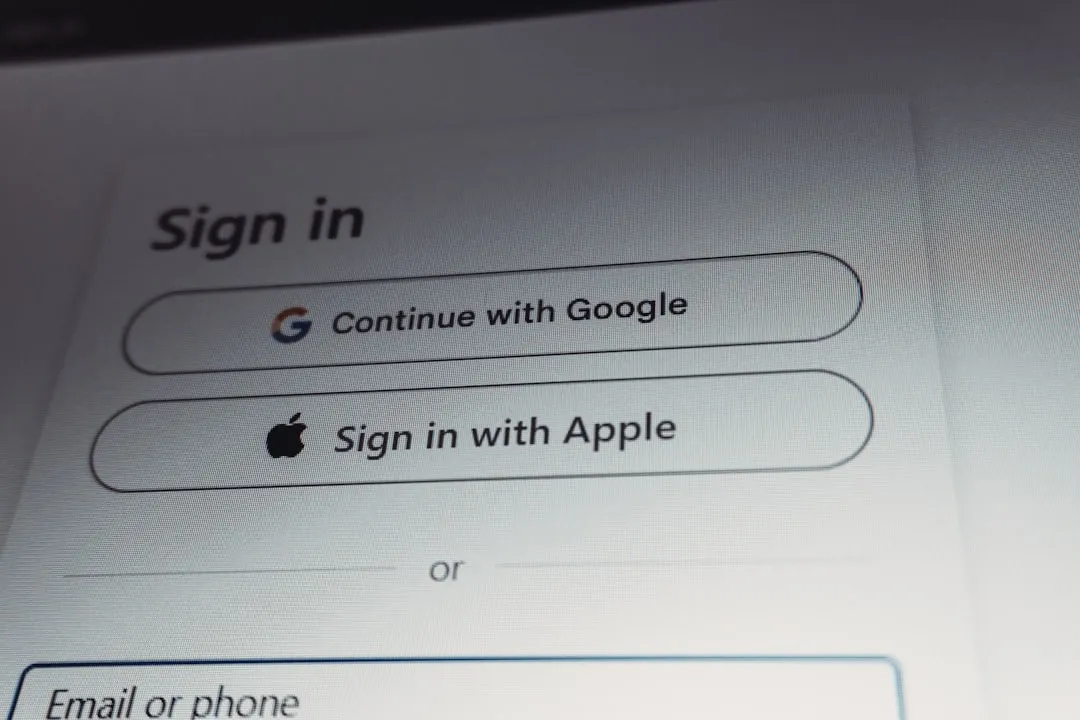
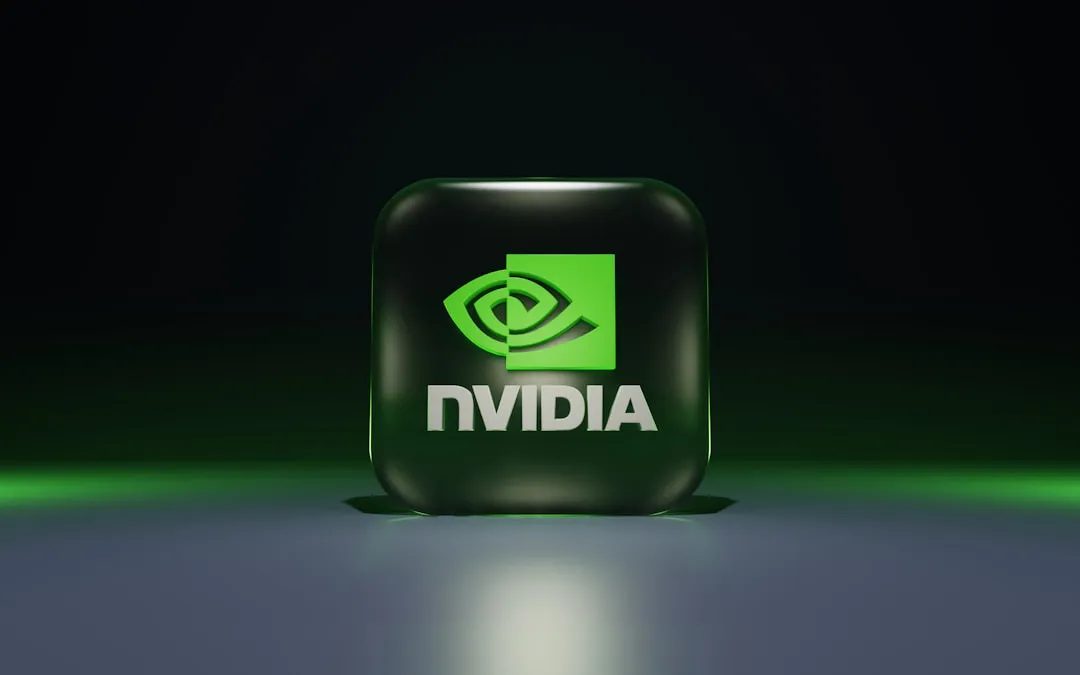
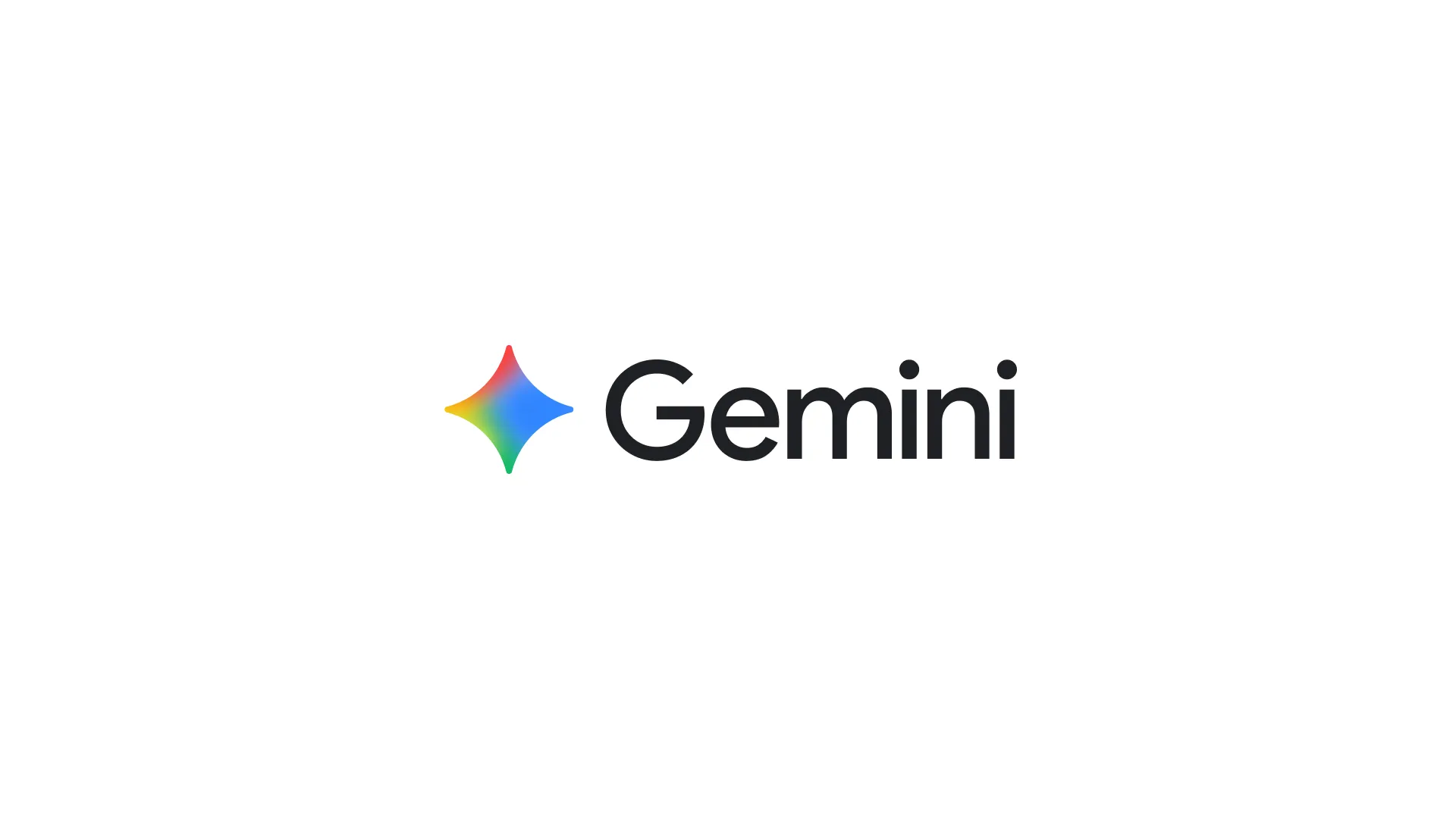



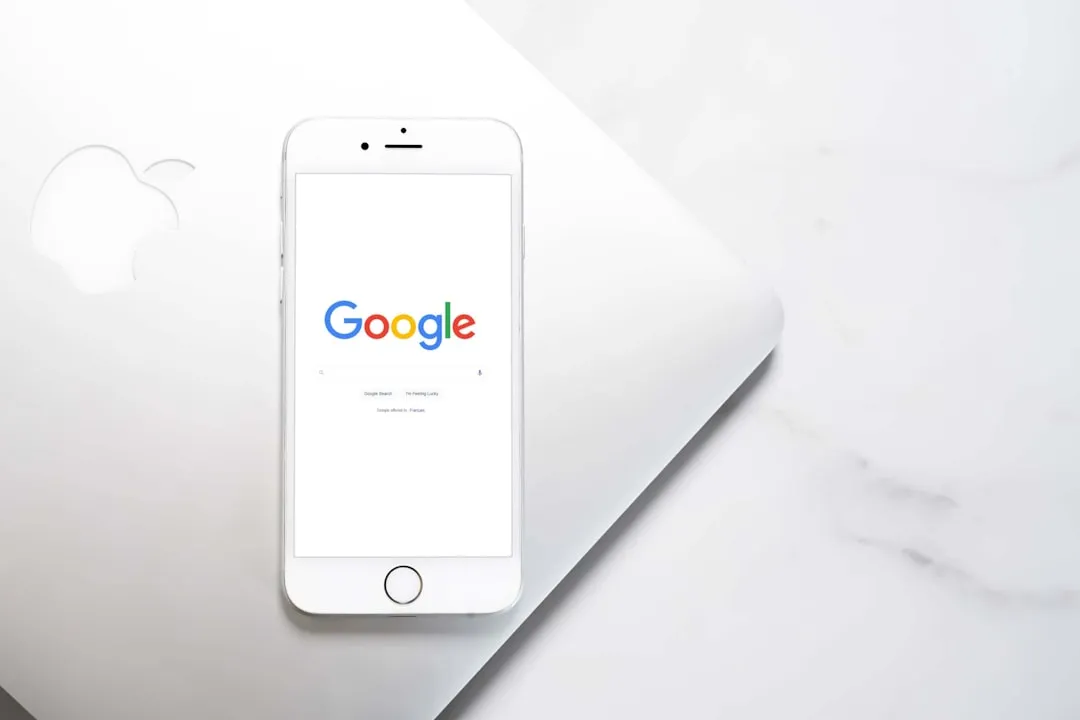
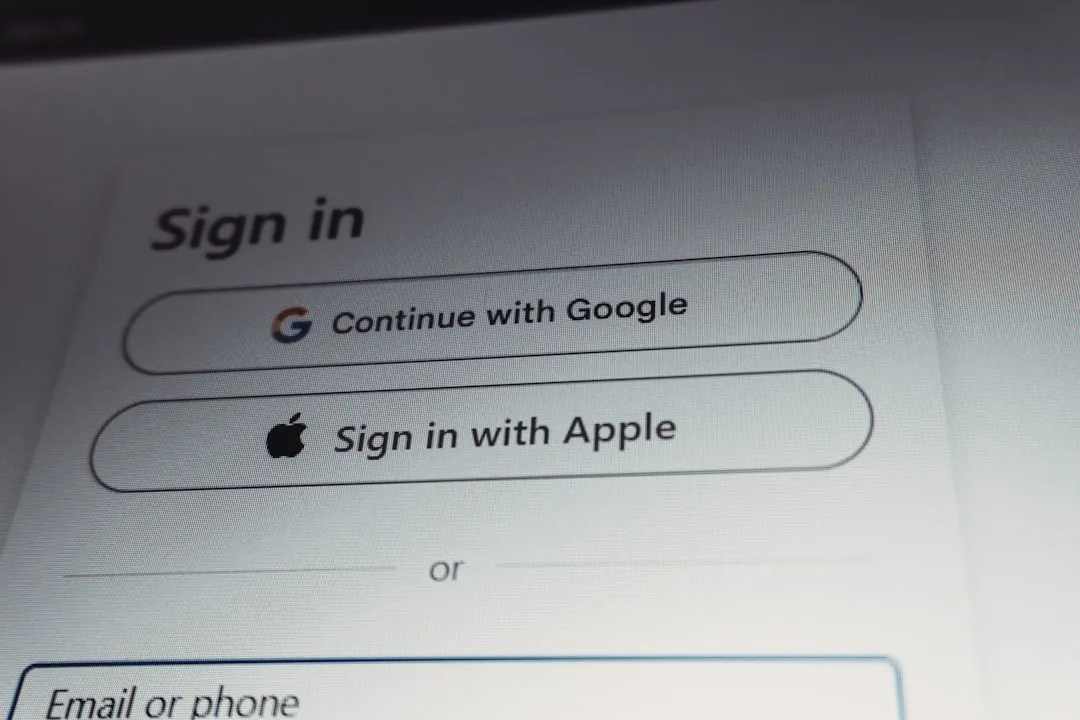
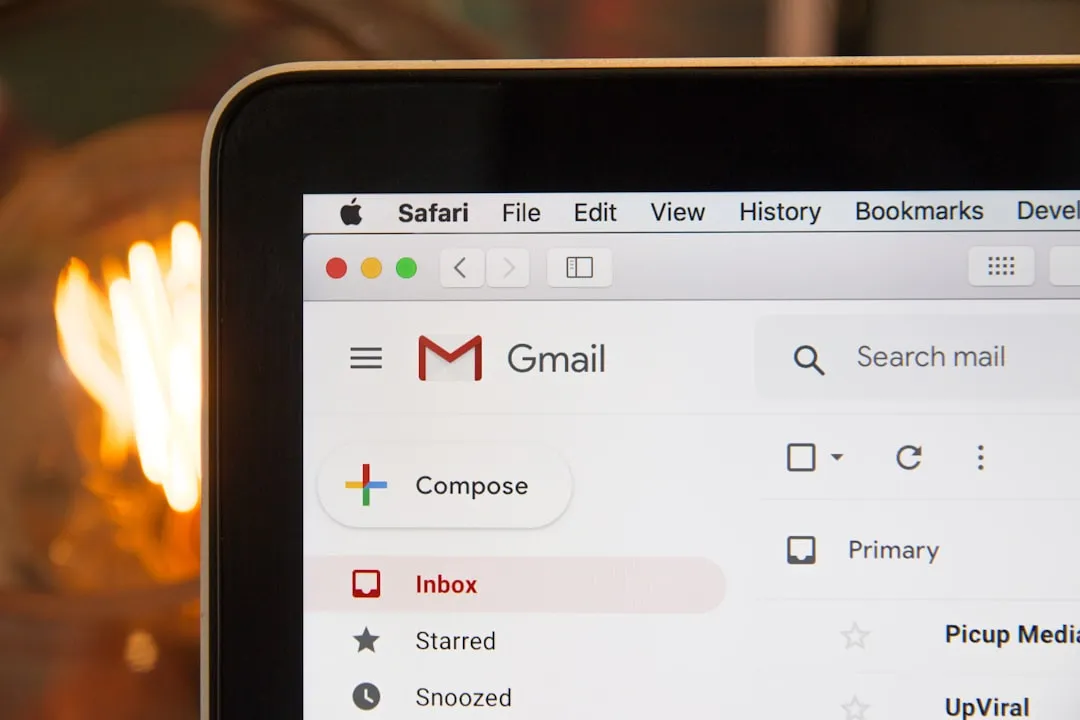
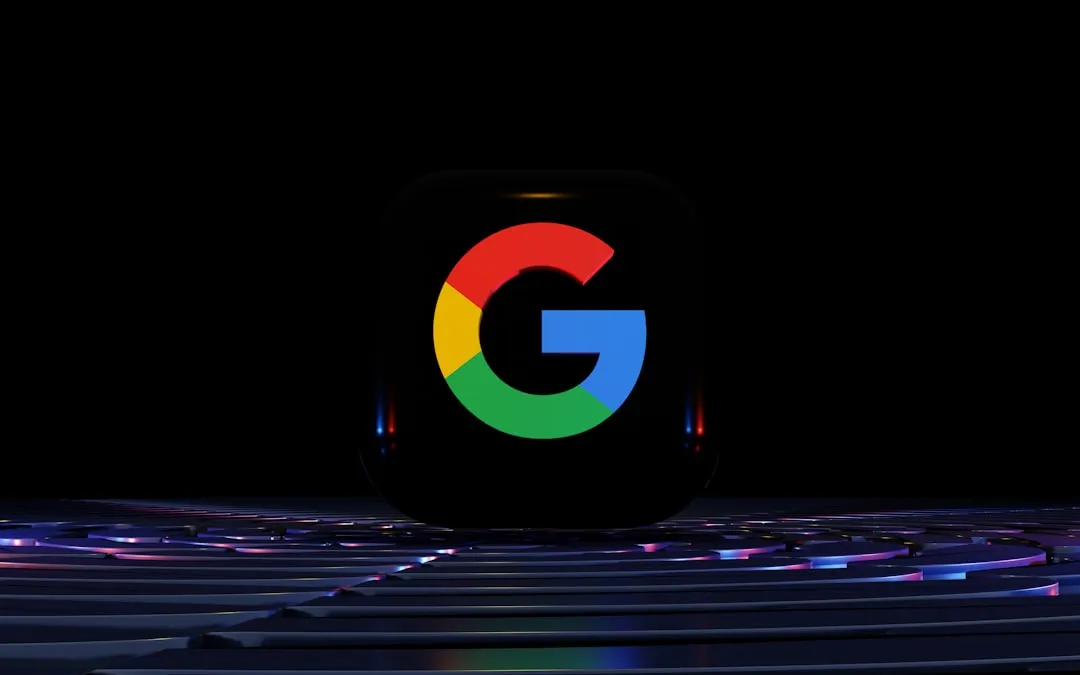

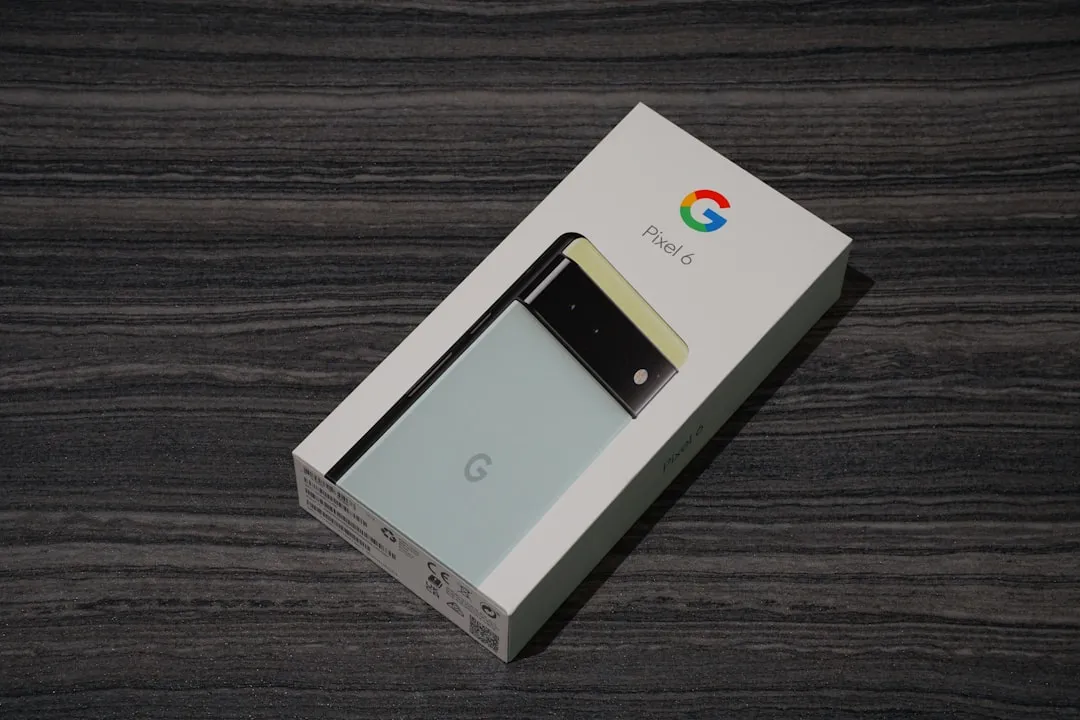

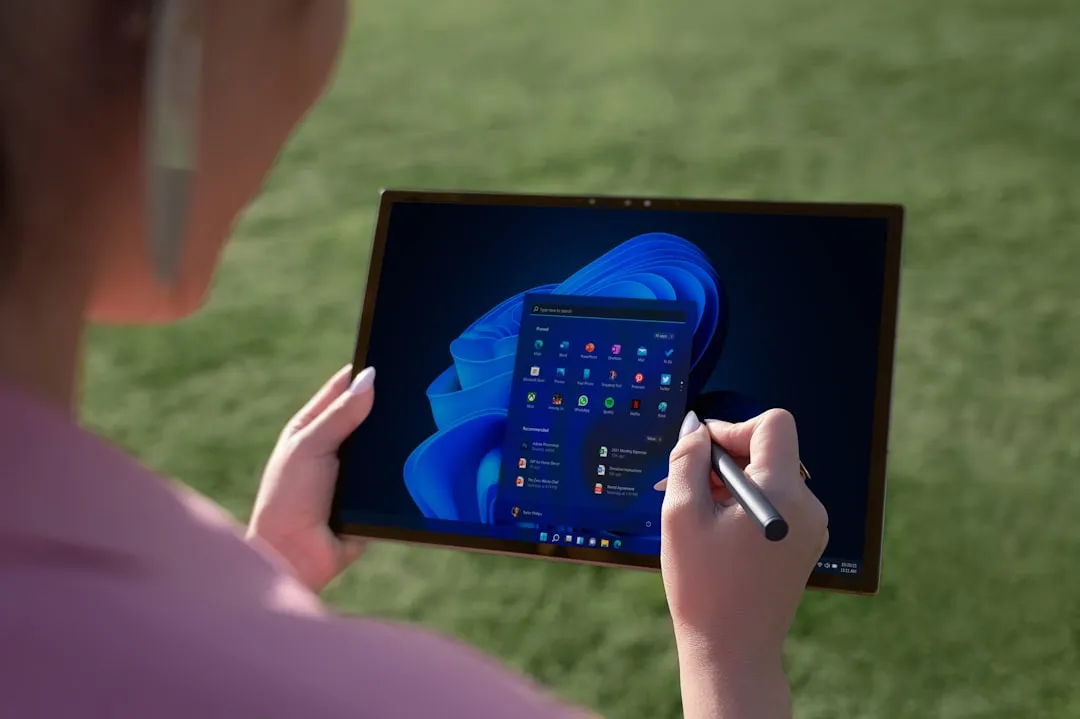


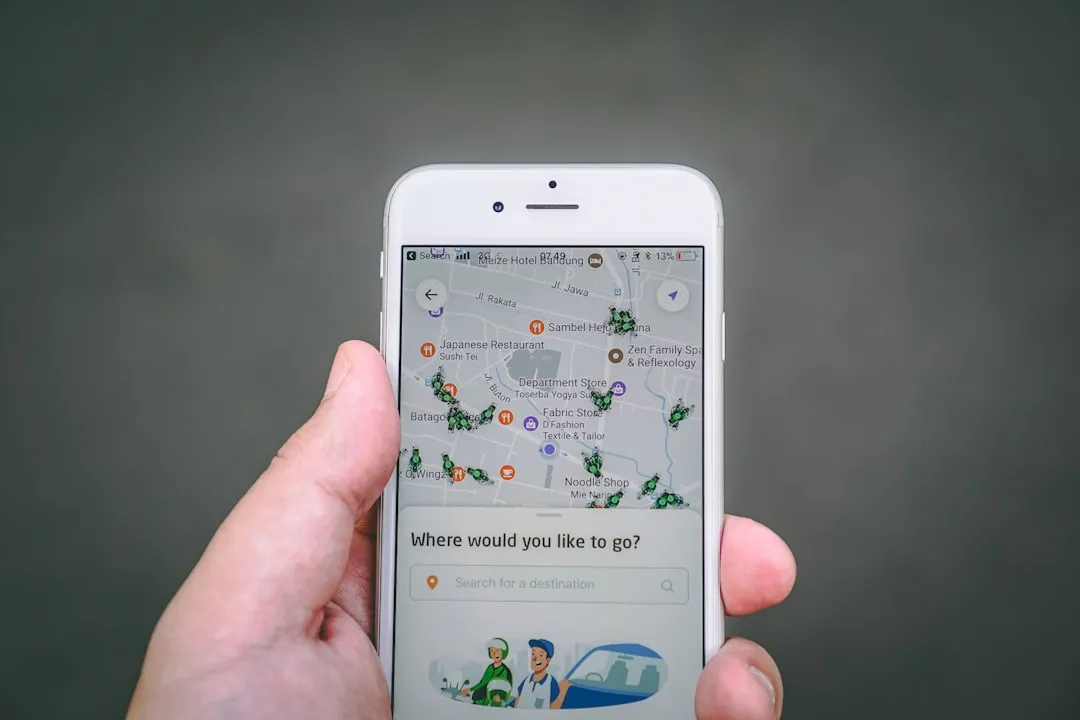

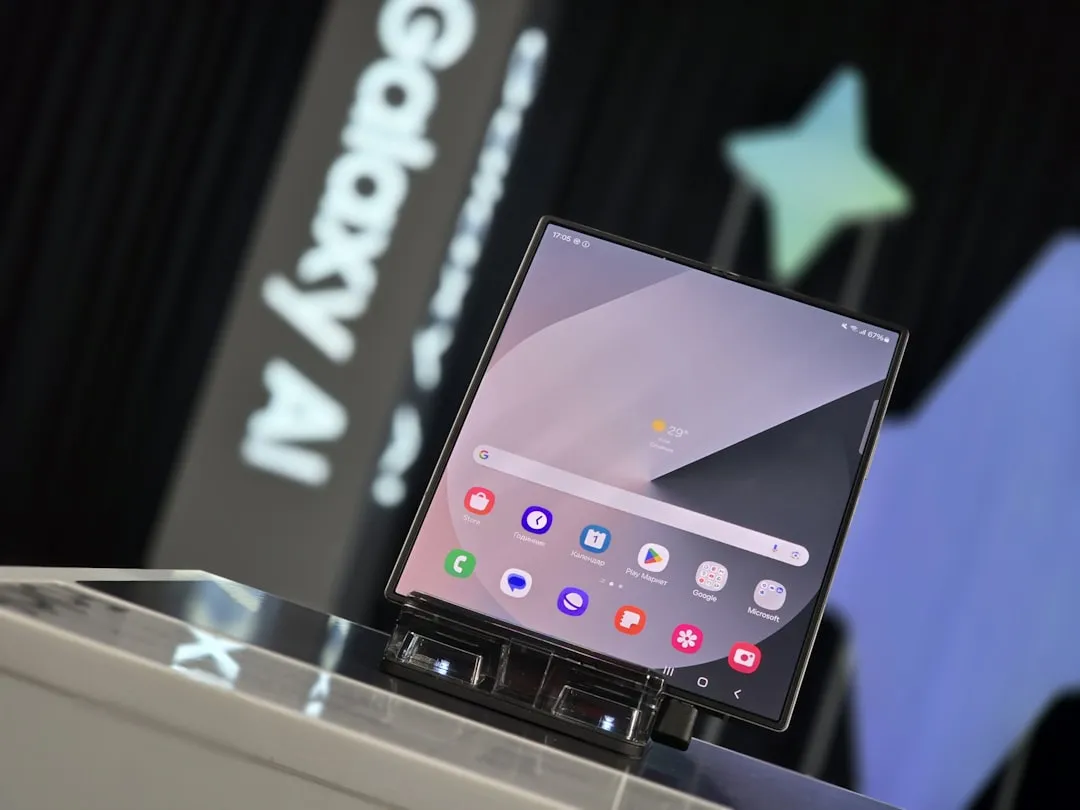
Comments
Be the first, drop a comment!